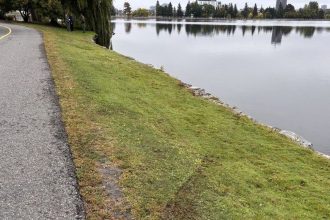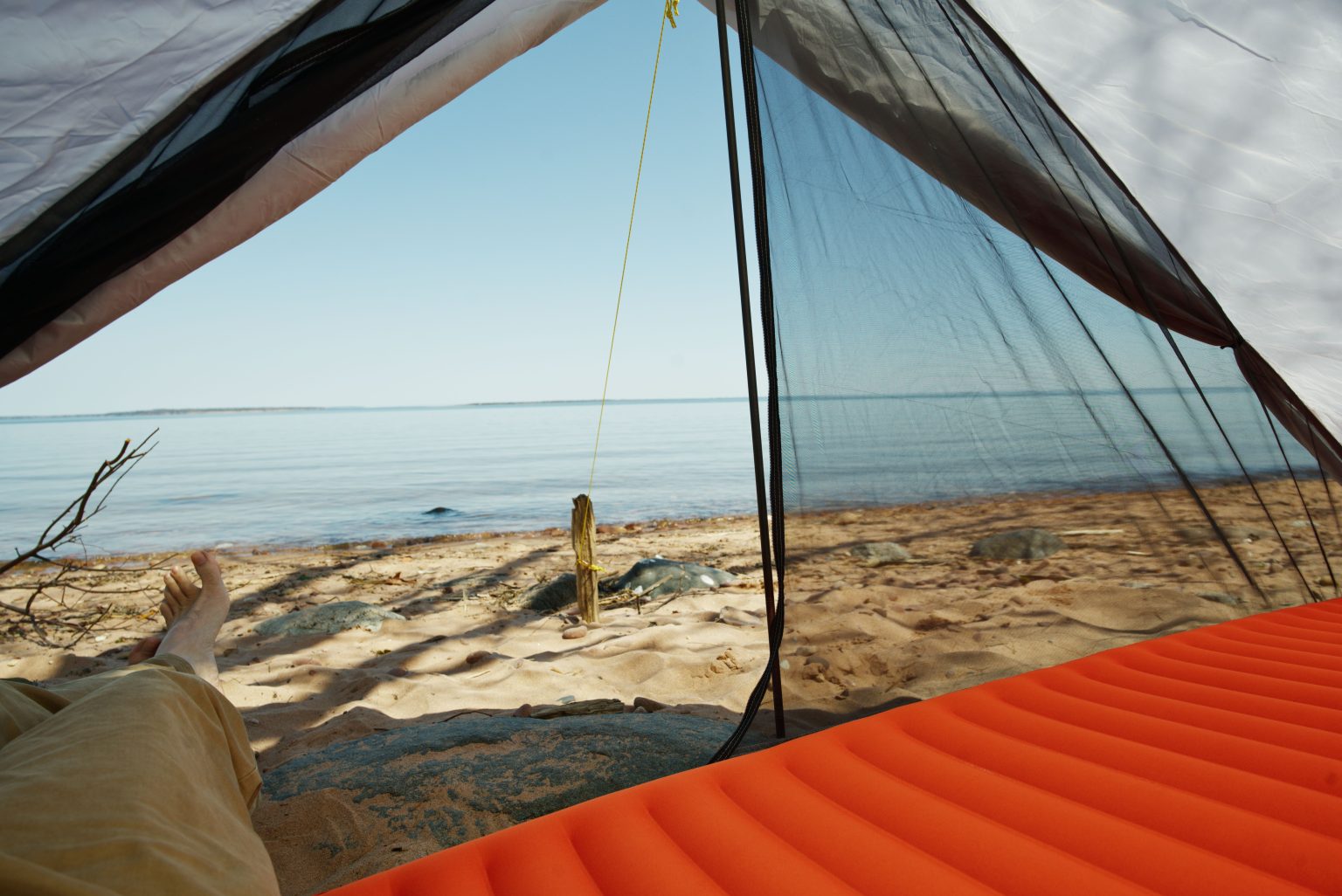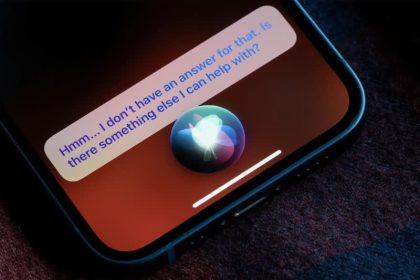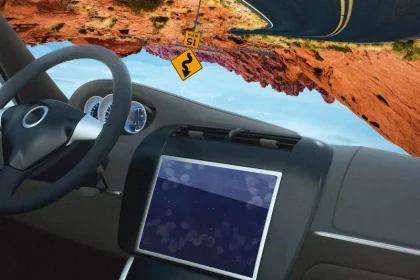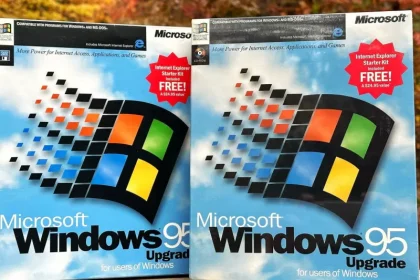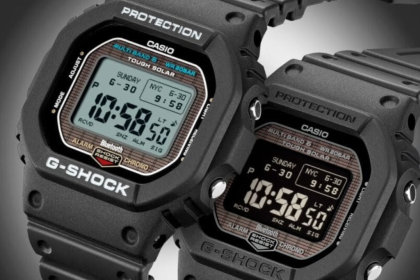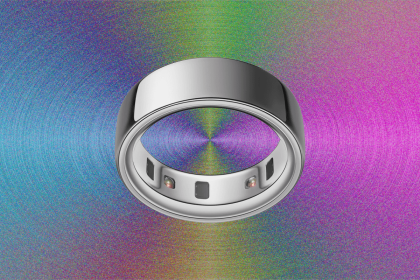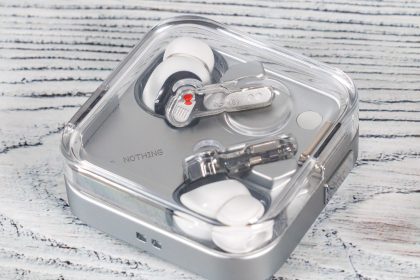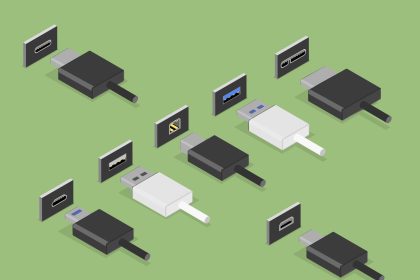Shedding weight is less a packing problem and more a state of mind. Let WIRED show you how to keep warm and fed in the backcountry.
Photograph: Scott Gilbertson
All products featured on WIRED are independently selected by our editors. However, we may receive compensation from retailers and/or from purchases of products through these links. Learn more.
I first encountered the ideas of ultralight backpacking in 1994, in an article in now-defunct (and much-missed) Backpacker magazine. It was titled “Less is More,” by Mark Jenkins. (I still have a PDF copy I scanned years ago.) Jenkins wrote about a long trip across Europe and Africa. By the end, he and his traveling partner shed all the gear they thought they needed, save what they were wearing, their down jackets, and some spoons.
While I had no desire to have all my gear stolen as Jenkins does as at one point in Africa, the idea of carrying less to travel farther, faster, and lighter, struck a chord. Not just with me, but with loads of other people. Jenkins’ article is widely credited with starting the ultralight backpacking movement.
At the time, there wasn’t much lightweight gear available. Much of the early ultralight movement was driven by a DIY ethos. I built my own alcohol stoves out of discarded tuna cans, made pot cozies out of Reflectix, and fashioned windscreens from heavy aluminum foil. As a result, my cook kit weight dropped by 14 ounces.
Today, ultralight backpackers are more common than traditionalists, at least judging from the people I meet on the trail. But exactly what is ultralight backpacking? And how do you shed all that weight without giving up the comfort?
Ultralight Backpacking, DefinedFor the sake of all being on the same page, I will define “ultralight” backpacking as a base weight of 10 pounds or less. That means all your gear, minus what you’re wearing on the trail, minus consumables (primarily food), weighs at most 10 pounds.
If that sounds daunting, consider that there are some who travel under the moniker “super ultralight” who shoot for a base weight of 5 pounds or less. At the other end, there is what I would call lightweight, which would be 15 pounds or less. I have never attempted a super-ultralight trip, but I have spent more than a decade with a base weight of 10 pounds and have never felt like I was doing without or suffering in any way. Quite the opposite. It’s a revelation, and you’ll never want to go back.
Now that we have our terms defined, how does one get to an ultralight base weight of 10 pounds or less?
Before we get into details of gear, know that the most important thing you can do to make your pack weigh less is to bring less stuff. For most people the biggest gains (er, losses) will be in what you don’t bring rather than what you do.
When you’re considering what to bring, make sure you need it rather than just wanting it. I love making coffee on a moka pot but not enough to lug one into the backcountry. I don’t need it, so I leave it at home and make Turkish coffee on the trail. Go through everything you ever bring on the trail and honestly ask yourself: Is this something I need?
I’ve always liked Mike Clelland’s guidelines for this gear evaluation, from his book Ultralight Backpackin’ Tips. You should always be warm, comfortable, well-fed, and safe. Use that as a framework, and ask yourself: Do I really need this thing to be warm or comfortable or well-fed or safe? If the answer is not a solid yes, don’t bring it.
Don’t get lazy about these decisions either. Just the other day I was defending my love of stuff-sacks for organization, but as my editor pointed out, the weight adds up quickly. He’s right, I don’t need more than two stuff sacks. Out they go. Do this ruthlessly and you’ll shed a surprising amount of weight without spending a dime. That’s the first step.
The Big Three
Photograph: Scott Gilbertson
Three items in your kit constitute most of the weight on your back: your backpack, your sleeping setup, and your shelter. Once you’ve got rid of the extraneous stuff you never needed in the first place, the next biggest wins will be with a lighter backpack, a lighter sleep system, and a lighter shelter.
I suggest starting with the shelter and sleep system. Once you get those dialed in, you’ll know how big of a pack you need to hold your gear. This is also the first place people start to put up some real resistance, saying, for example, I could never sleep under just a tarp. On one hand, there are plenty of ultralight tents that weigh hardly more than a tarp and give you all the protection of a traditional tent, so don’t give up yet.
That said, I’d encourage everyone to spend a night on the ground, “cowboy camping,” to see what it’s like. Pick a night when the weather is warm and throw a sleeping bag in your backyard. No backyard? Head to a friend’s house. Even if you still want a tent, the experience is worth trying.
I’ll admit that I cowboy camp (with a tarp) a lot less since I got Lyme disease from a tick bite. I’m much more selective about where I tarp camp as a result of that experience, but there are still plenty of places where I’m not worried about ticks. Sleeping on the ground doesn’t only save weight, it’s a more enjoyable experience.
Another good example of learning as you go is that I long resisted quilts. Part of it was because I have a sleeping bag that weighs a mere 22 ounces, so spending $300-plus to drop maybe 5 to 8 ounces was hard to justify. But also, I mean, sleeping bags are just what you use while camping, right?
Wrong. That’s not the ultralight way of thinking. (It’s not a great way of thinking no matter what you’re doing—always be open to trying new things.) I finally tried some quilts last year, and I love them. Now I use a sleeping bag only in the winter (and even there, this winter I am testing a 0-degree quilt). The moral of the story is that it’s worth experimenting and getting outside your comfort zone to discover what you really need. Which leads to the next point.
Ultralight Is a State of MindUltralight backpacking is more a philosophy and approach to a problem—how do stay comfortable, safe, and happy without carrying too much stuff—than it is a weight limit. Nearly all the things I’ve learned from years of experimenting with ultralight backpacking have nothing to do with gear.
I think the best tip or technique I’ve learned is the idea that you don’t have to eat where you camp. This has practical benefits (no food odors attracting animals to where you’re sleeping) but also less tangible ones.
I really enjoy early-morning hiking. I get up at first light and hit the trail. There’s no one around, the sunrise is invariably beautiful, it’s quiet, and I see more birds and wildlife. At some point, I do get hungry, and then I stop for breakfast. Similarly, I often get hungry in the evening long before I feel like setting up camp, so I stop and make dinner and then keep hiking when I’m done.
This isn’t necessarily about weight, it’s about approach. Having less stuff makes breaking camp easier—I can wake up and just start walking. Having only a small stove and a pot means cooking dinner is easier. When your setup isn’t a huge burden to pack and unpack, it’s easier to get going, and it’s easier to stop.
Ultralight isn’t about having the perfect gear. As a beginner, you probably won’t hit that magical 10-pound number on your first try. That’s OK. I sometimes go over the limit myself, especially on local weekend trips when I might spend more time camping, less time covering ground. I might therefore bring a fishing rod, a heavier stove, and a pan to cook trout in (should I be so lucky).
Over time though, if you continue to experiment and refine, you’ll learn more about what you can do without. Your pack will get lighter—sometimes because you invest in new gear, but more often because you figure out what you don’t actually use or need. Ultimately, ultralight backpacking is about more than shaving off weight. It’s about getting rid of everything that gets in the way of enjoying the experience of being where you are.
Power up with unlimited access to WIRED. Get best-in-class reporting and exclusive subscriber content that’s too important to ignore. Subscribe Today.

